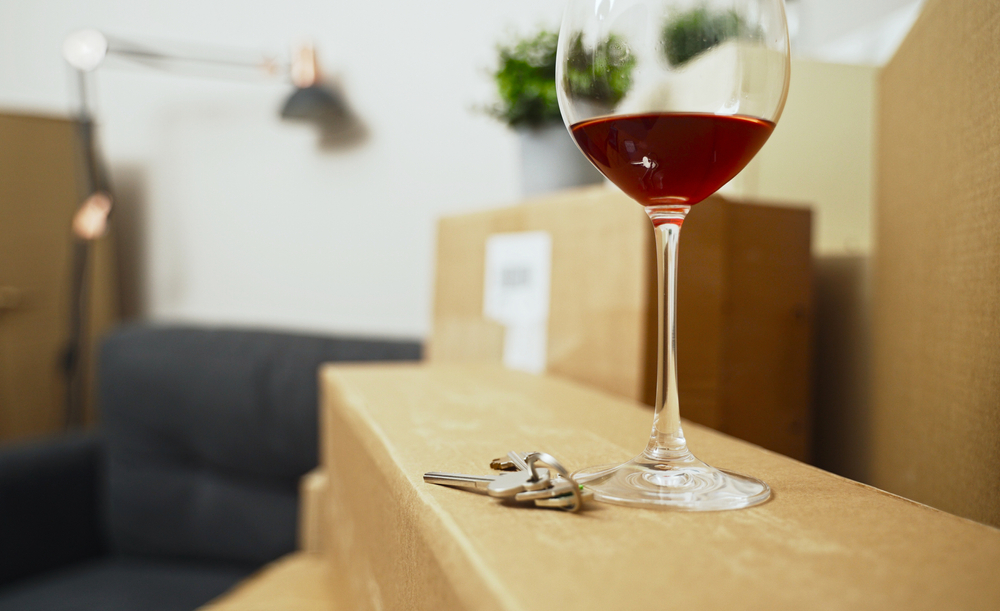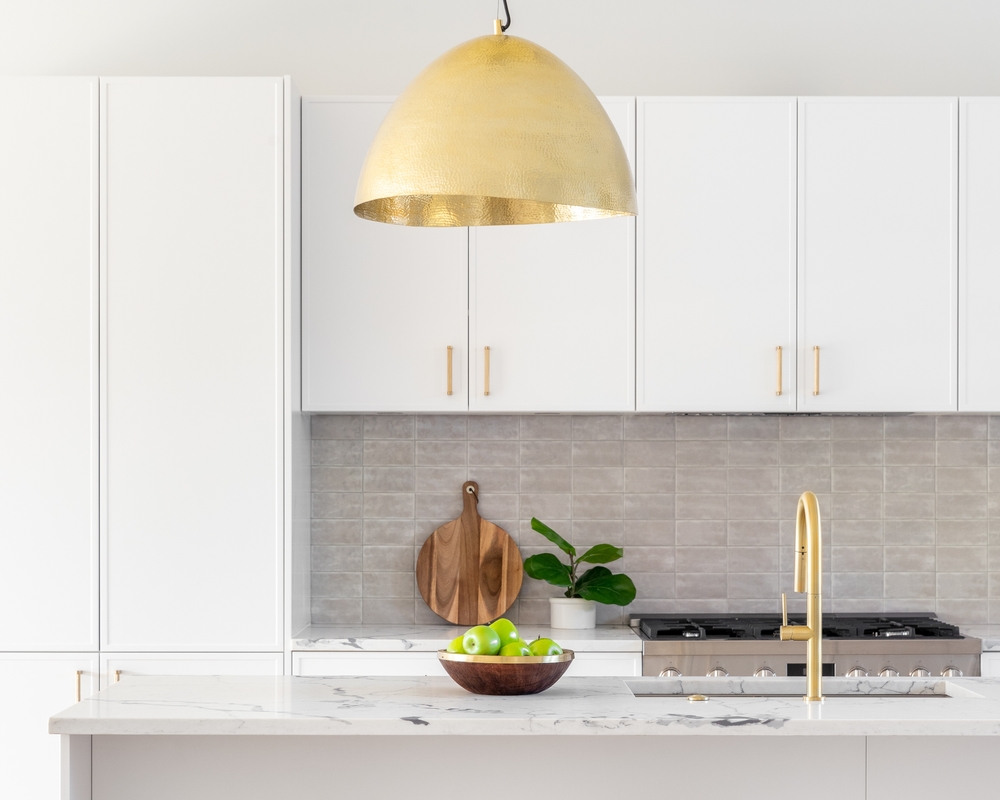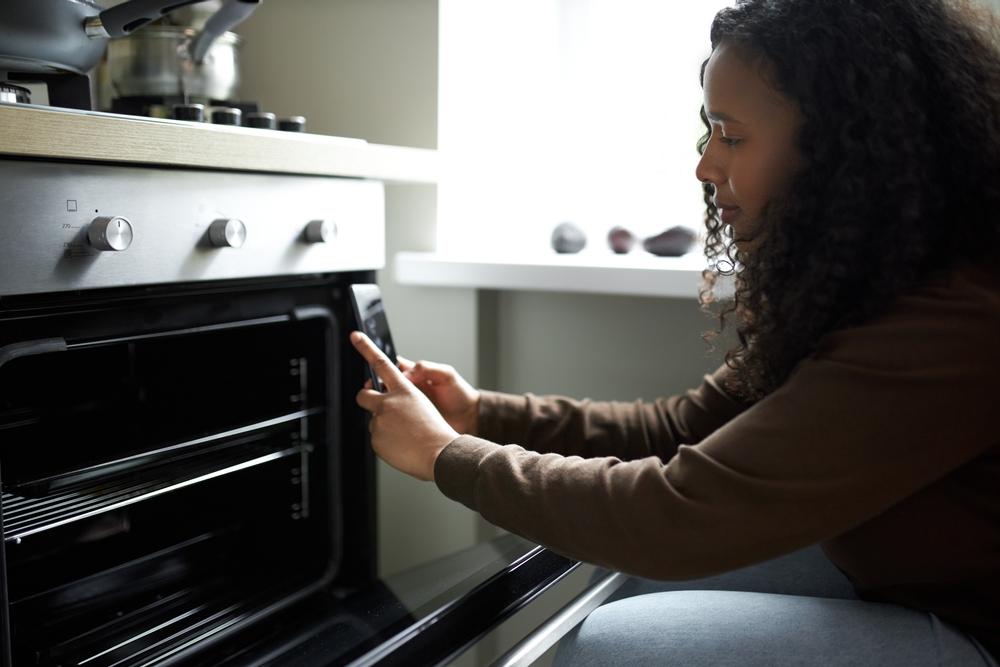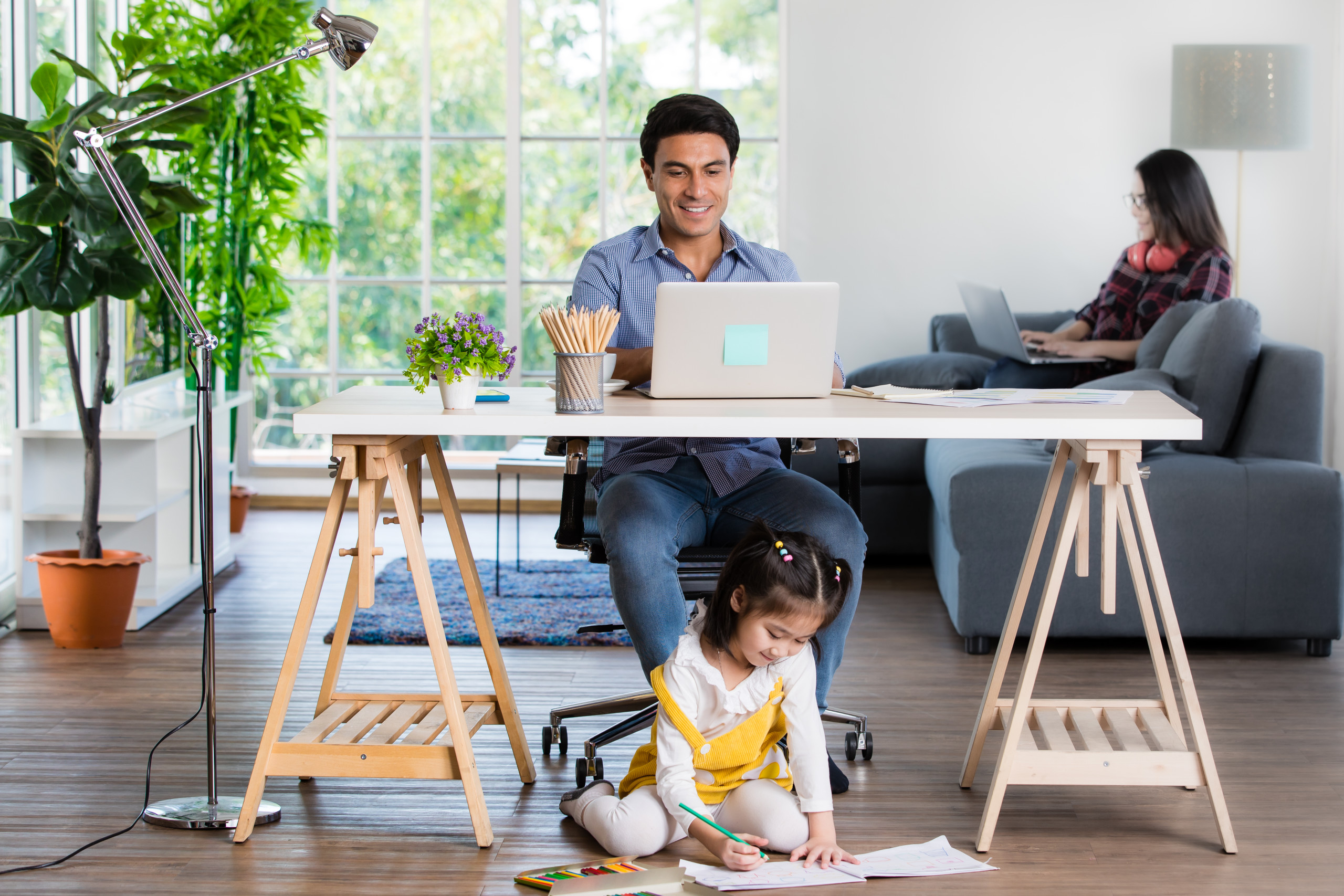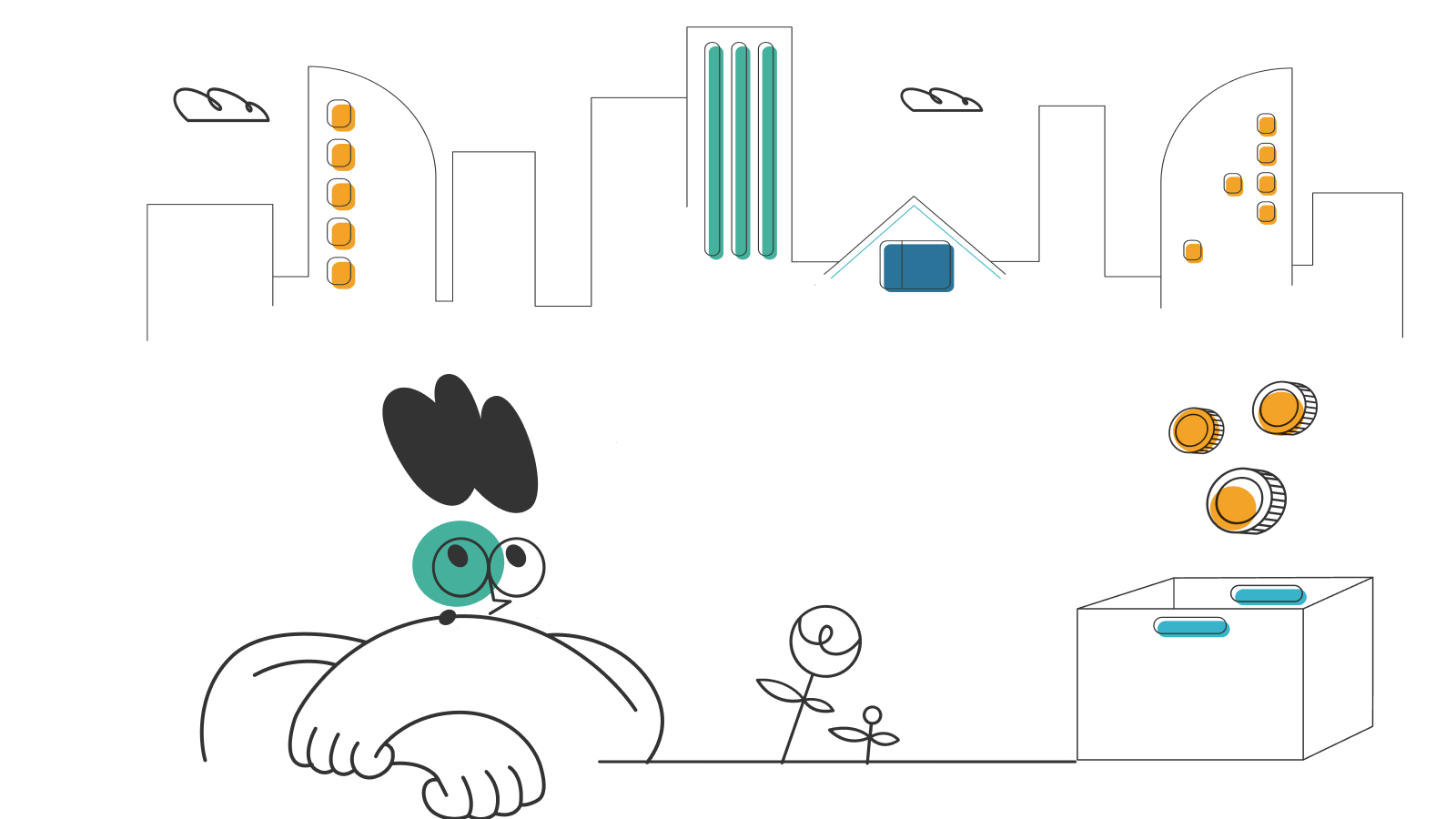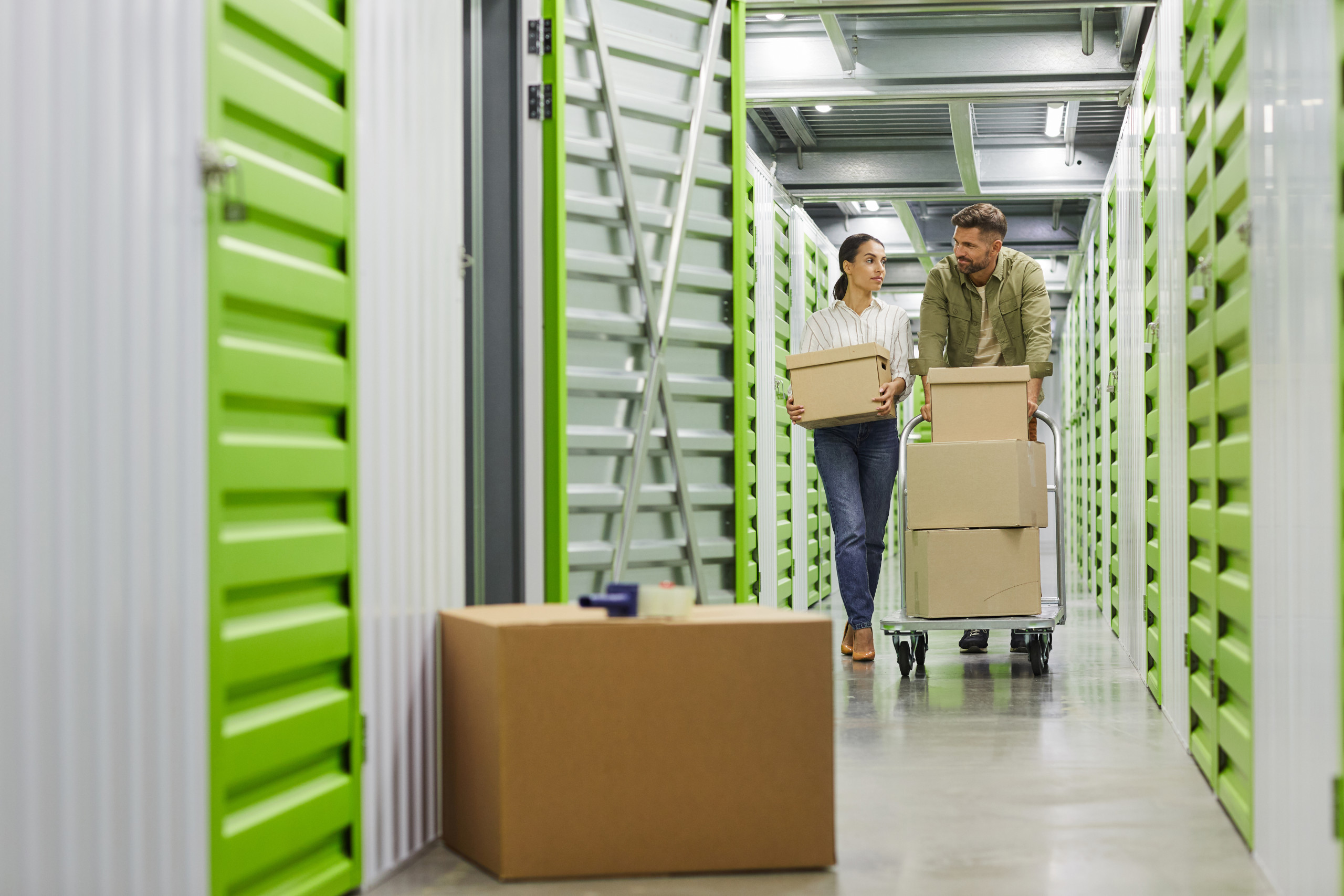Home Essentials Checklist: What to Buy Before Moving In
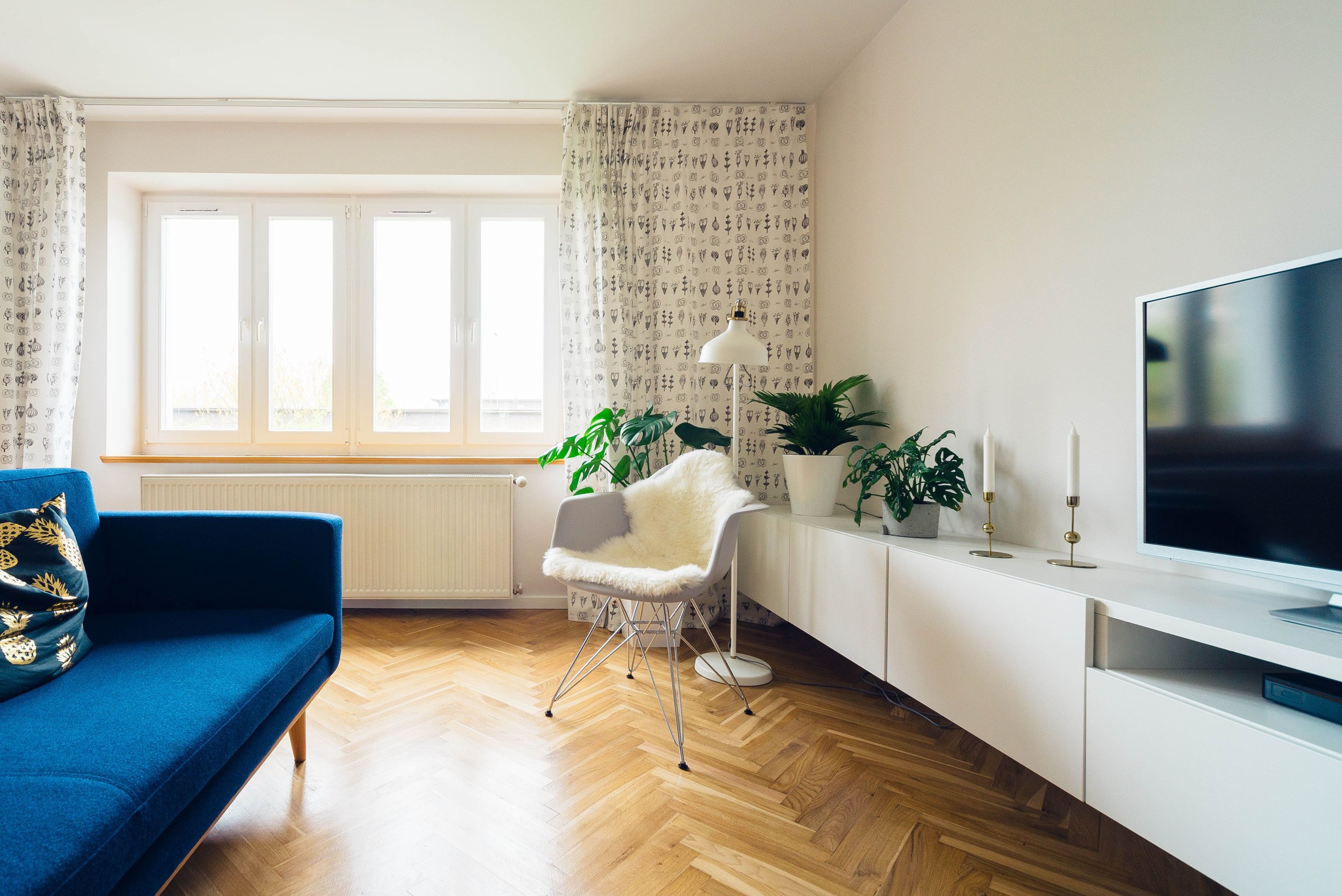
Moving soon? Get organized with our free moving checklist.
Stocking up on home essentials before your move will make your life a little easier. From hangers to shower curtains, purchasing these items ahead of time will expedite the process of unpacking and settling in. We’ve compiled a comprehensive list of things you should have on hand before your moving day.
Home essentials checklist: cleaning products and tools
You shouldn’t wait to stock up on cleaning products post-move. Instead, add these items to your home essentials checklist in advance so you can get to cleaning your new place right away.
Cleaning products
While everyone has their preferred cleaning products, most homes will benefit from a glass cleaner, multi-surface cleaner, and disinfectant for the kitchen and bathroom. You’ll likely want to include paper towels on your list of home necessities as well.
Hand soap and sanitizer
Be sure to get a bottle of hand soap for each restroom, as well as one for the kitchen sink. Plus, it never hurts to have a little extra hand sanitizer strategically placed in multiple locations in your house. This makes it easy for guests to sanitize when they walk in, but also for you, whether you’re just trying to maintain proper hygiene or wind up touching something gross while cleaning. You may want to place hand sanitizer:
- Near the front door or other entryways
- In the bathroom
- In a common room, such as a living room or game room
Grabbing a few bottles of both hand soap and sanitizer will get you off to a comfortable, germ-free start in your new home.
Vacuum cleaner
A vacuum is definitely an important home necessity to purchase prior to move-in. From robotic to handheld cleaners, there are various types of vacuum cleaners out there. You should think about the size of your new place, your flooring surfaces, and your budget before investing in a new vacuum cleaner. Some vacuums are around $50, while others cost upwards of $500.
Broom and dustpan
Vacuums are great for major cleanups, but sometimes you just need to do a quick sweep. Before buying a broom, you should consider what features are most important to you. For instance, do you want a small handheld broom or a large-angle broom? Is a mini dustpan sufficient, or would you prefer a larger dustpan on a stick? The size of your new place should help you come to a decision on these home essentials.
Mop
Regular mopping is good for your floors, keeping your home clean and looking its best. If you purchase a mop before your move-in date, you’ll be able to keep your new place polished from day one. From sponge mops to string mops, you have several options to choose from.
Home essentials checklist: lighting
You don’t want to move into your new place and realize you’ve neglected to think about lighting. That’s why you should try to figure out what bulbs are used in your lighting fixtures and integrated ceiling lighting. If your new home lacks light, you may want to add a few floor and table lamps to your home essentials checklist.
As for choosing the right lightbulbs, there are four basic types.
- Incandescent lighting. Incandescent lighting is the most common type of lighting used in homes. While the bulbs are inexpensive and produce a warm, glowing light, they are the least energy efficient.
- Compact fluorescent bulbs. Compact fluorescent bulbs, or CFLs, use about 75% less energy than incandescent bulbs. Since the bulbs last for a long time, they are great for hard-to-reach areas. While CFLs tend to emit a cooler tone, you can find them in various temperatures and levels of brightness.
- LEDs. LEDs also use at least 75% less energy than incandescent lighting and last 25 times longer. The bulbs emit very little heat and offer the same look as incandescent bulbs. As LED products expand, they’re becoming increasingly affordable.
- Halogen. Halogen lights are great for task lighting since they let off a bright, white light. Though they are more efficient than incandescent bulbs, they still produce a great deal of heat.

Smart lighting
To take your convenience to the next level, you can spend a little more and invest in smart lighting. This enables you to turn lights on and off, as well as dim them, using voice commands or an app. You have a few different options if you want to take advantage of smart lighting technology:
- An Alexa-enabled system. There are several different Alexa-compatible smart lighting solutions, and they’re easy to find with a quick Google search.
- An Apple HomeKit-compatible system. Similarly, Apple has partnered with several major lighting producers to provide bulbs that can work with its HomeKit. HomeKit also enables you to control a wide range of other electronic devices in your home.
- A Google Assistant-compatible system. Google Assistant works similarly to Alexa and HomeKit, in that you can use an app or your voice to control electronics, such as lights.
Some bulbs connect directly to Wi-Fi, which makes it easy to control them from your app. Others need a hub that you connect both the light and your mobile app to. One of the more popular hub options is made by Zigbee, but there are several others, including those designed to work with Alexa, HomeKit, and Google Assistant.
Home essentials checklist: window treatments
Unless your new home is extremely secluded, you’ll want to look into window treatment options to add privacy to your bedroom and bathroom. If your windows aren’t already covered, look into purchasing window treatments before move-in. While covering bedroom and bathroom windows is a top priority, you may also want to find window treatments for other rooms in your new place.
Curtains
A popular choice for any room in the house, curtains come in a variety of fabrics, lengths, colors, and patterns. Curtains are an excellent option for bedrooms since they tend to only partially filter out light. This means that you will still get some natural light in the room, even if the curtains are drawn. If this sounds like a good choice for you, add curtains to your home essentials checklist — and don’t forget about the hardware needed to hang them.
Blinds
When you think of blinds, you may picture those flimsy plastic blinds that seem always to be sporting a layer of dust. What you may not know, however, is that blinds actually come in a variety of materials. From wood to aluminum slats, they are a fairly versatile window treatment option. Since blinds are easy to clean and don’t retain much moisture, they are a good choice for the bathroom. Should this window treatment suit your needs, go ahead and include it in your list of new home essentials.
Blinds can also help you save a few bucks on your energy expenses. If you want to make your new home a little more efficient, just grab some thermal blinds. These work by blocking unwanted hot or cold air from flowing through the window and the rest of the room. Even if you don’t have drafty windows, these blinds can make a difference. Windows have lower R-values than insulated walls, which makes them little portals that let outside temps into your home.
Some blinds allow you to black out the sun, keeping it from heating up an already warm room. There are other options that provide noise insulation. If your new pad is on a busy street or next to some less-than-quiet neighbors, these kinds of blinds can help give you some peace and quiet.
Drapes
Heavier than curtains, drapes are fabric panels that extend from the top of the window to the floor. These window treatments are lined, making them thick enough to block out all outside light. If you’re looking for a more formal window treatment for your living room, drapes are a good choice for this space.
Shades
Sized to fit within the window frame, shades can be lifted up and down. As the shade lifts, the fabric either bunches up or rolls around a rod. Since shades are quite versatile, they are a great fit for any room within your home or apartment. Add shades to your list of new home essentials if this window treatment style appeals to you.
Home essentials checklist: bathroom necessities
Home necessities for your bathroom should definitely be on your checklist. You don’t want to try to rinse off after a day of unpacking and realize you don’t have a shower curtain! When shopping for a shower curtain, be sure to buy a shower curtain liner and the necessary attachments.
On a similar thread, make sure your new home has a toilet paper holder. If there isn’t one on the wall, you can always look into freestanding toilet paper holders. While you’re at it, add toilet paper, a toilet brush, and a plunger to your home essentials checklist as well.
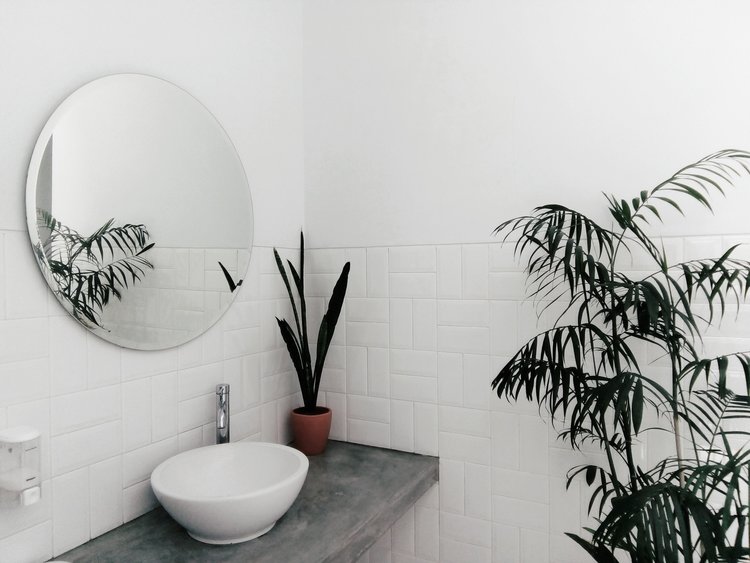
Home essentials checklist: cables, batteries, and extension cords
Nothing’s worse than finding the perfect place for your new lamp and realizing the plug doesn’t reach the nearest outlet. Luckily, there’s an easy way to prevent this. Add a few extension cords to your home essentials checklist, and you’ll be able to power your devices from anywhere in the room! You must be mindful of cord lengths and amperage ratings when purchasing extension cords. If you’re looking for a basic indoor cord, you won’t need anything too complex.
While you’re on the hunt for extension cords, you may also want to pick up a surge protector or two. Make sure you’re buying a true surge protector and not just a power strip. While a power strip simply allows you to plug in multiple electronic devices at once, a surge protector will also protect your devices from a power spike. It’s wise to purchase a couple of packs of batteries as well. AA and AAA batteries should power your remotes and many other household gadgets.
Home essentials checklist: storage solutions
Unpacking is one of the first steps to getting settled into your new home. However, without the right storage solutions, the unpacking process can be unorganized and chaotic. That’s why you need to stock up on hangers and storage bins to make unpacking easy after your move.
Custom storage
Remember, you can always add custom home storage solutions in your home to make your favorite routines easier. If your closet uses wire shelving, it probably isn’t maximizing the space available and can make it challenging to fit all of your belongings. Transform your space and make it work for you. You can turn your unfinished garage into a gym or office, update your kitchen pantry, or design a custom closet. These are all important for setting healthy daily routines.
Hangers
Before you go out and buy the first set of plastic hangers you lay eyes on, you should take the opportunity to enhance your closet organization. Depending on what you need to hang, there are different hangers for different items of clothing. From felted to wooden hangers, each serves a specific purpose.
Bins
There are a variety of storage bins to organize your home, ranging from collapsible fabric baskets to stackable plastic tubs. When looking for the right bins to add to your home essentials checklist, you should think about where you want to store them in your new place. Will they be going under your bed, or will they be out in plain sight? Having an organizational plan for your new home will simplify your shopping experience.
Home essentials checklist: toolkit
Even if you’re not big on hands-on tasks, toolkits are definitely a necessity for any renter or homeowner. You should add a basic toolkit to your home essentials checklist that includes nails, screws, a hammer, a screwdriver, and pliers. You may also want to add a drill to the list — it’ll be useful when hanging pictures or assembling furniture.
While not necessarily found in a basic toolkit, a box cutter will come in handy when moving into your new place. If you don’t want to add one to your home essentials checklist, make sure you have a knife or a pair of scissors on hand. Having a tool to open boxes will expedite the unpacking process.
Home essentials checklist: first aid kit
Including a first aid kit on your home essentials checklist will prepare you for injuries that happen at home. To take care of your basic needs, you should stock your kit with adhesive bandages, antibiotic ointment, antiseptic wipes, over-the-counter pain relievers, and any other first aid necessities. You can purchase a pre-made first aid kit or assemble one yourself.
Home essentials checklist: security measures
It’s not a bad idea to look into home security systems prior to moving into your new place. Whether you want to install a DIY home security system or hire someone to install one, there are a number of options available.
Sorting this out ahead of time will allow you to feel safe and comfortable in your new home from the get-go. When moving into a new house, you may also want to look into rekeying or changing your locks. Switching up your locks ensures that anyone with copies of your keys won’t have a way of accessing your home.
In addition, with all of the new home surveillance options on the market nowadays, you may want to consider incorporating a little tech in your home safety strategy.
Rekey your locks
When you rekey a lock, you keep the same lock, but the old key no longer operates it. To do so, you take the lock apart and replace some of the parts inside. The working key is then adapted to fit the new configuration of the lock. Though this process sounds complicated, it’s fairly quick. Still, it’s probably easiest to call a locksmith for this procedure.
Change your locks
Changing your locks is simpler than rekeying them since you simply swap out an old lock with a new one. If you’re feeling up to the challenge, you can change your locks yourself. However, you can always leave this task up to professionals and call a locksmith.

Install surveillance cameras
Surveillance cameras are a powerful deterrent for intruders, and they can also give you a sense of security. You can also use them to check on things around the house or property while you’re away.
You can purchase one, two, or more cameras either in a kit or by themselves. You may have two storage options:
- You can use an SD card that you slip into a slot in the camera.
- You can have the footage automatically uploaded to the cloud. This allows you to access your videos on a number of devices, whether you’re at home or not.
Surveillance systems may also come with an app you can use on an Android or iOS device. By opening up the app, you can check out the latest videos, as well as those recorded in the past.
Whether you want to catch snoopers in the act or just keep an eye on things while you’re away, a surveillance system is a convenient way to get the job done.
Ready to get shopping? When you stock up on these new home essentials beforehand, you cut down on your post-move tasks and enjoy your new home. If you need help organizing furniture and other household items, take a look at our first apartment checklist and epic moving checklist. These lists are bound to spark some inspiration. Happy moving!


